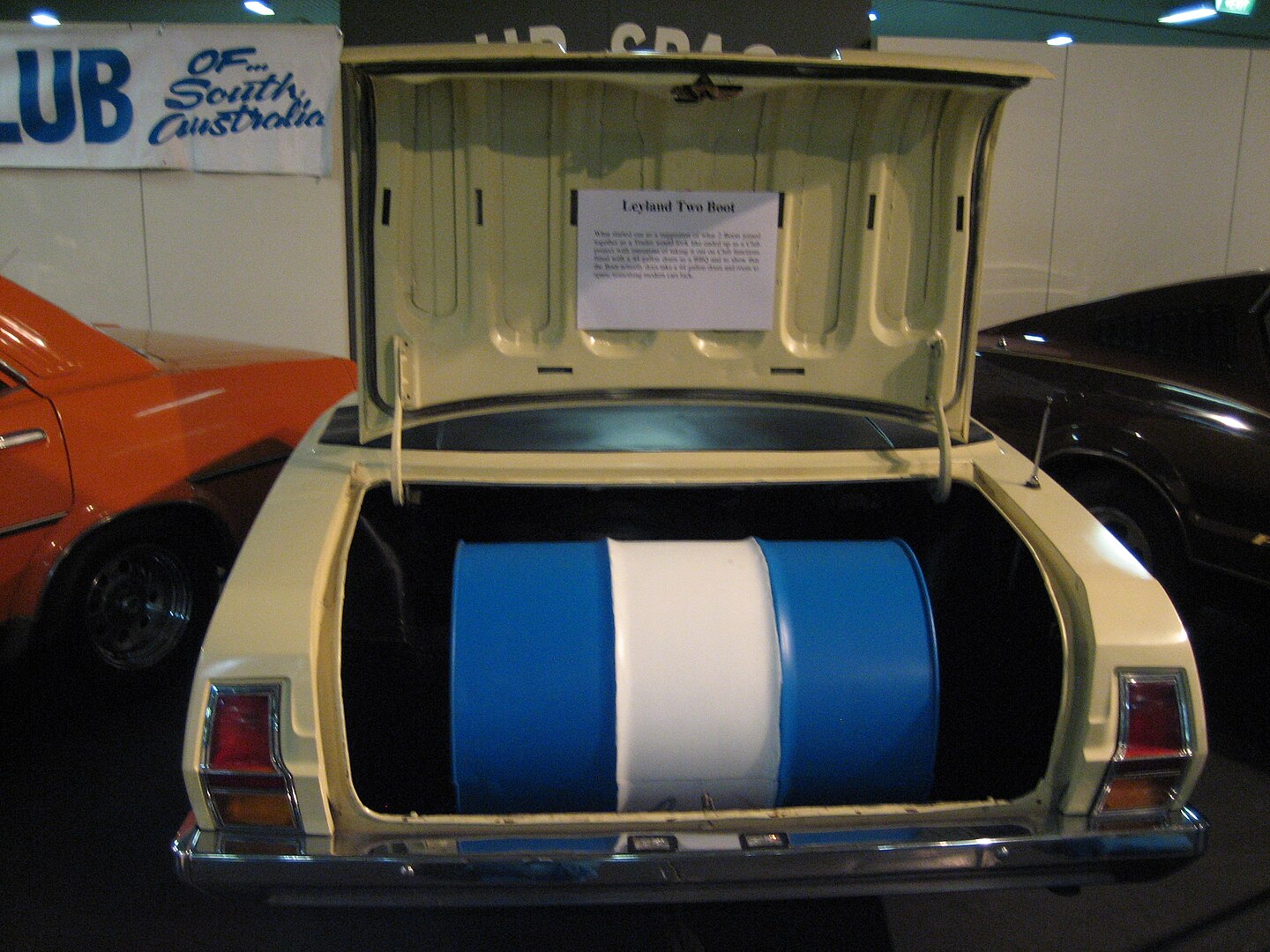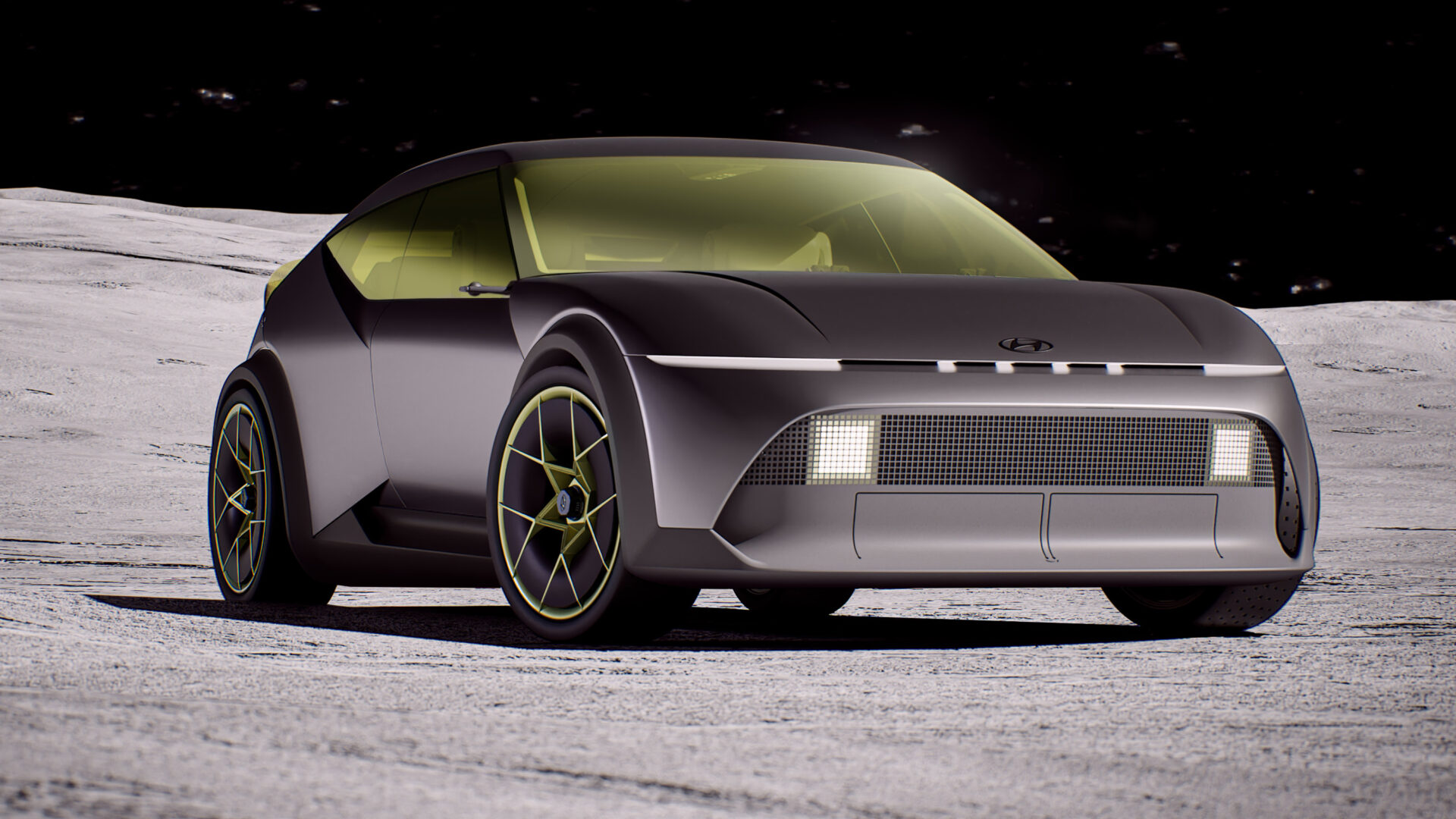The BMW M4 CS is exactly what the M4 needs to be.
I need to take you on a little journey here. Just a short one, don’t worry. Some years ago, BMW released the M4, which replaced the M3, which itself was replaced by the sedan-only M3. The M4 replaced the V8 M3 Coupe which was a cracker of a car. High revving, naturally-aspirated and if you chose, a bit of luxury. And it looked amazing in the right colour and with the right wheels.
There wasn’t a lot wrong with the new M4, but there were (and continue to be) complaints. The steering isn’t great, the turbo straight-six isn’t the V8 (oh, der), it’s heavy. Someone I know once called it a boat.
I loved it. Still do, but I will concede that there is a tiny something missing, something the V8 M3 had and the E46 M3 six before. Not just the revs – a lack of revs has become a fact of life – but something I’ve come to call “the spark” because I can’t really define it. It’s difficult to say exactly what it is. And it might be to do with all of the above.
History
Anyway. The timeline looks like this. The first M3 was the two-door E30, a completely bonkers, benchmark-defining sports sedan. Powered by a four-cylinder engine from BMW Motorsport, the first M3 makes people who haven’t even driven it dewy-eyed. Which is a bit nuts, really. As the years went by, power went up from 143kW (195PS) to 160kW (220PS) in the EVO2 and finally, for a limited run, the 175kW (238PS) 2.5-litre EVO3. The M3 world rages over which is the best. I can’t comment. I’d love to have a crack in one, though.
The second M3 was the straight-six powered E36. It was a very different car to the E30 – heavier, more luxurious, a bit more mainstream. Hugely popular, it sold from 1992 to 1999. Initially a controversial machine, the first version had a five-speed manual paired with a 3.0-litre in-line six. That car was famous for top gear having a 1.0 ratio – that’s third gear on most cars from the time. It wasn’t much of a tourer.
Thankfully, in 1996, a six-speed arrived along with extra torque with the move to 3.2-litres. But with that extra gear, it became a more flexible, more impressive car. Another reason for that was the power jump to 239kW (325PS). That brought the car to life in a big way.
Weirdly, the US and Canada had different engines to the European M3s, soldiering on with the 179kW (243PS) S52. The upgrade in 1996 that also brought the six-speed manual also offered a consoling 15Nm of torque, rising to 320Nm.
The E36 is also famous for the introduction of the SMG single-clutch semi-automatic. It’s safe to say that this was not a popular move.
Next came the E46. Sticking with the straight six, it got heavier again but more powerful. The E46’s inline six delivered 252kW (338PS) and 365Nm. That thing revved like a demon. The SMG still wasn’t that good or popular, but hey, BMW had to start somewhere.
The E46 also spawned the instant classic – the M3 CSL. Lighter (by a massive 110kg), harder and completely bonkers, there was a lot of the unruly E30 in it (yes, I have driven that, and may yet do so again…). That was closely followed by a less hardcore M3 CS.
Almost done.
Then came the E90 V8-powered machine with its carbon fibre roof, twin-clutch transmission to go alongside the manual and, oh, that noise. The 4.0-litre V8 spun out a massive 309kW (420PS) at a stratospheric 8300rpm. Closely related to the E60 M5’s V10, it was lovely and rightly regarded as brilliant.
And finally…

…in 2014, came the F80 (M3) and and the change to M4 for the coupe (F82), the M3 living on as the sedan. The lovely V8 went in search of better efficiency and came with yet another weight gain but with an impressive jump in torque from the twin-turbo straight-six. The internet went mad, of course, but the proof was in the driving. And it was good. Very good. But there was a nagging doubt about it. It’s good, almost great, but not quite there.
I loved it. I know I’ve already said that, but it bears repeating. No, it wasn’t perfect and it’s probably a little too cultured, but it was damn good. BMW tried to address some of the criticisms with the Competition Pack and it too was good, but still not quite there.
In 2016 something extraordinary came along – the M2. Sharing lots of the M4’s suspension components, the M2 picked up the pieces after the insane 1 Series M Coupe and turned some things down while turning some things up. It’s a brilliant car. And I reckon this car is a shift in the way BMW M does cars. The critical response was delirious because it’s deliriously good.
Something else came along in the same year, the M4 GTS. Remember the E46 M3 CSL? Harder again. Cage. More power, 50Nm of torque. It has a reputation as a terror and was limited to just a few hundred units. They all went despite a staggering price. It was fast, too – I was lucky enough to go for a passenger ride around Circuit Paul Ricard and it was fast.
And then in 2017, came the M4 CS. Packed with lots of GTS goodness, but dialled back to make it a friendlier, more liveable car.
BMW M4 CS

I’m probably putting a few things together that don’t belong, but from the outside, the M4 CS’s arrival really does look like a way of BMW setting a few things straight.
The CS comes with the same turbocharged straight-six as the M4 Competition, but with a nice fat torque figure of 600Nm (up 50) and a more modest increase in power of 7kW (10PS) to 338kW (460PS). Which is actually 26kW (35PS) up from the “standard” M4.
Compared to the GTS, power is down 30kW (41PS) but the torque is the same. Either way, the redline is up to 7600rpm which suggests a more frantic character.
The seven-speed DCT remains but is more kerchunk than the Competitions while slightly less mad than the GTS. 0-100km/h (0-62mph) arrives in 3.9 seconds
A carbon roof and bonnet helps drop the weight by 32kg from a standard M4, but it’s still on the chunky side at 1580kg. Again, compared to the GTS, the weight is up but you get a few comforts back, including a pair of rear seats. The door cards are similar to the GTS’s, which means less storage and strappy door-pulls rather than handles. Some people hate those, I love them.
The front wheels are 19-inch units wrapped in 265/35 Michelin Sport Cup 2s, while the rears are 20s like the GTS. BMW says the front wheels are smaller diameter to help with steering feel and turn-in performance.
The car’s exterior helps tell some of the CS’s story – carbon lip spoilers front and rear, vented bonnet. The taillights are OLEDs – each element looks like a flattened petal and the start-up animation is very cool.
Driving

How can I put this delicately? It’s bloody brilliant. As I keep saying, I think the M4 is a terrific car but the CS takes it by the scruff of the neck, throws some caution out the door and puts you in control. While the electronics are still there (and need to be), there’s a lot more room for you to play in. The tail will wag, the wheels will chirp but oh, my, does this thing go around corners.
There are two key things to this car – torque and traction. The front wheels are tenacious on the tarmac, holding the front end true to your commands. Built-in understeer might be there (it has to be, it’s a road car) but its presence was beyond my bravery on the roads I played.
The rear end, though, is very finely-judged. There is more than enough torque to overwhelm the boots and it will step sideways even with the safety net switched on. It won’t go too far, obviously, but it commands respect from your right foot. That’s a good thing – I like my cars fighty because all-too often they’re boring if monumentally quick. But I’ll take a lively slower car any day over a hugely fast boring one.
Every time I drive this car it’s wet (or there are cops everywhere) but I can tell you that it’s an enormous amount of fun when things are greasy. The car bucks around to let you know you’ve asked too much of it, but it never bites you or throws you. The steering is so well keyed into the road surface, you know what’s going on every step of the way.
The BMW M4 CS is right up there as one of the best cars I’ve ever driven. Fast, fiery and fun, it’s got a ton of character. I’d have one in a heartbeat and I suspect anyone who drives it will say the same thing. It will convert those who think the M4 is too heavy or too inert or whatever other complaint they can come up with.
Genuine brilliance is hard to come by but the M4 CS has it by the quarry load.
Need more doors? Read about the M3 CS.
Like your M cars? Check out our story on BMW Australia’s Heritage Fleet E34 M5.
Check out all of our BMW coverage here.
And you can watch our BMW M2 vs BMW M140i video on YouTube.




Leave a Reply